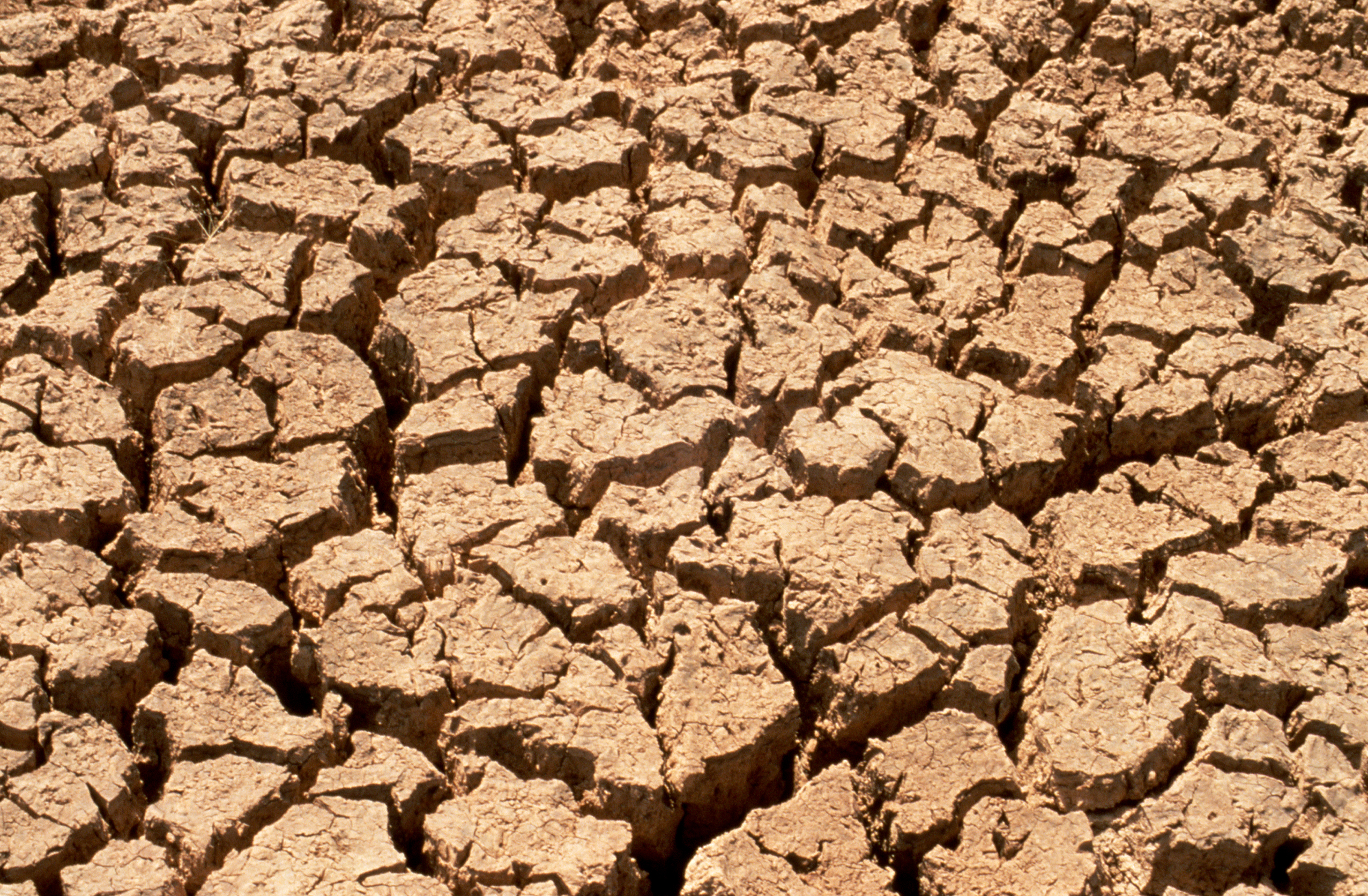|
Swelling Index
Swelling index may refer to the following material parameters that quantify volume change: * Crucible swelling index, also known as free swelling index, in coal assay * Swelling capacity, the amount of a liquid that can be absorbed by a polymer * Shrink–swell capacity The shrink–swell capacity of soils refers to the extent certain clay minerals will expand when wet and retract when dry. Soil with a high shrink–swell capacity is problematic and is known as shrink–swell soil, or expansive soil. The amount of ... in soil mechanics * Unload-reload constant (κ) in critical state soil mechanics {{SIA Mechanics Materials science ... [...More Info...] [...Related Items...] OR: [Wikipedia] [Google] [Baidu] |
Coal Assay
Coal analysis techniques are specific analytical methods designed to measure the particular physical and chemical properties of coals. These methods are used primarily to determine the suitability of coal for coking, power generation or for iron ore smelting in the manufacture of steel. Chemical properties of coal Coal comes in four main types or ranks: lignite or brown coal, bituminous coal or black coal, anthracite and graphite. Each type of coal has a certain set of physical parameters which are mostly controlled by moisture, volatile content (in terms of aliphatic or aromatic hydrocarbons) and carbon content. Moisture Moisture is an important property of coal, as all coals are mined wet. Groundwater and other extraneous moisture is known as ''adventitious moisture'' and is readily evaporated. Moisture held within the coal itself is known as ''inherent moisture'' and is analysed quantitatively. Moisture may occur in four possible forms within coal: * ''Surface moisture'': water ... [...More Info...] [...Related Items...] OR: [Wikipedia] [Google] [Baidu] |
Swelling Capacity
The swelling capacity of a polymer is determined by the amount of liquid material that can be absorbed by it. This test can done by two methods: # Beaker test method # Tea bag test method Beaker test method In this method * A small amount of superabsorbent polymer A superabsorbent polymer (SAP) (also called slush powder) is a water-absorbing hydrophilic homopolymers or copolymers that can absorb and retain extremely large amounts of a liquid relative to its own mass. Water-absorbing polymers, which are cla ... material is taken (0.1g) and it is placed in the beaker. * 100 ml of deionized water is poured into the beaker. * After 20 min the swollen polymer was separated by using ilter paper* By weighing the polymer, one can find the swollen capacity of the SAP material. Tea bag test method * In this method, 0.1 g of SAP material is placed into a permeable bag, which is suspended over excess water in a beaker. * Wait 20 min. and weigh the bag and then calculate the percentag ... [...More Info...] [...Related Items...] OR: [Wikipedia] [Google] [Baidu] |
Shrink–swell Capacity
The shrink–swell capacity of soils refers to the extent certain clay minerals will expand when wet and retract when dry. Soil with a high shrink–swell capacity is problematic and is known as shrink–swell soil, or expansive soil. The amount of certain clay minerals that are present, such as montmorillonite and smectite, directly affects the shrink-swell capacity of soil. This ability to drastically change volume can cause damage to existing structures, such as cracks in foundations or the walls of swimming pools. Description Due to the physical and chemical properties of some claysNagel, David. "Soil Science for Vegetable Producers." MSU: Coordinated Access to the Research and Extension System. 2001. Mississippi State U. 6 July 2008 http://msucares.com/pubs/publications/p1977.htm. (such as the Lias Group) large swelling occurs when water is absorbed. Conversely when the water dries up these clays contract (shrink). The presence of these clay minerals is what allows soils to ... [...More Info...] [...Related Items...] OR: [Wikipedia] [Google] [Baidu] |
Critical State Soil Mechanics
Critical state soil mechanics is the area of soil mechanics that encompasses the conceptual models that represent the mechanical behavior of saturated remolded soils based on the ''Critical State'' concept. Formulation The Critical State concept is an idealization of the observed behavior of saturated remoulded clays in triaxial compression tests, and it is assumed to apply to undisturbed soils. It states that soils and other granular materials, if continuously distorted (sheared) until they flow as a frictional fluid, will come into a well-defined critical state. At the onset of the critical state, shear distortions \ \varepsilon_s occur without any further changes in mean effective stress \ p', deviatoric stress \ q (or yield stress, \ \sigma_y, in uniaxial tension according to the von Mises yielding criterion), or specific volume \ \nu: :\ \frac=\frac=\frac=0 where, :\ \nu=1+e :\ p'=\frac(\sigma_1'+\sigma_2'+\sigma_3') :\ q= \sqrt However, for triaxial conditions \ \sigma_2'= ... [...More Info...] [...Related Items...] OR: [Wikipedia] [Google] [Baidu] |
Mechanics
Mechanics (from Ancient Greek: μηχανική, ''mēkhanikḗ'', "of machines") is the area of mathematics and physics concerned with the relationships between force, matter, and motion among physical objects. Forces applied to objects result in displacements, or changes of an object's position relative to its environment. Theoretical expositions of this branch of physics has its origins in Ancient Greece, for instance, in the writings of Aristotle and Archimedes (see History of classical mechanics and Timeline of classical mechanics). During the early modern period, scientists such as Galileo, Kepler, Huygens, and Newton laid the foundation for what is now known as classical mechanics. As a branch of classical physics, mechanics deals with bodies that are either at rest or are moving with velocities significantly less than the speed of light. It can also be defined as the physical science that deals with the motion of and forces on bodies not in the quantum realm ... [...More Info...] [...Related Items...] OR: [Wikipedia] [Google] [Baidu] |

